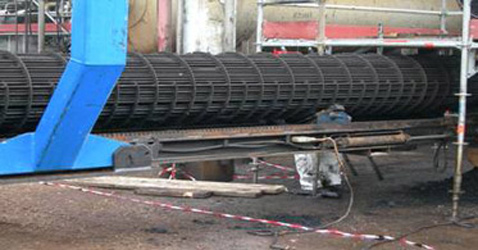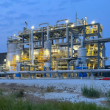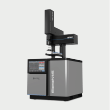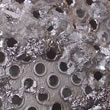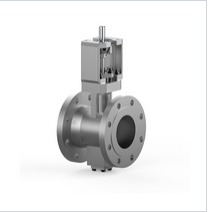Question
-
Loading of catalyst in Hydrotreaters units follows Dense and Sock loading, despite having many advantages of Dense loading except high pressure drop.
It is observed in plants, that 1st bed grading and bulk catalyst to be in Sock loading and following beds top catalyst layers of little height in Sock loading followed by Dense loading for remaining bed height?
Q1. During what instances we choose to go for Sock loading?
Q2. How to choose inert balls size and quantity on catalyst bed support grid and on outlet collector?
Feb-2023
Answers
-
Marcio Wagner da Silva, Petrobras, marciows@petrobras.com.br
Normally, the dense loading is preferred once minimize the void spaces in the catalytic bed leading allowing a better flow distribution as well as higher catalyst mass in the reactor leading to a better performance during the operating run.
The advantage of sock loading process is the lower pressure drop through the catalytic bed, this can be a decision factor in processing units which limitations in dynamic equipment, but even under this scenario this issue tends to be relevant in the end of run, not in the start of run. Under normal conditions, the dense loading is preferred than sock loading process.
Regarding the choice of inert balls size, bed support grid, and outlet collector these devices have great impact over the total pressure drop and performance of the reactor, the design needs to follow the recommendations of technology licensors considering the specificities of each processing unit allied with the best engineering practices once high pressure drop can lead to the collapse of the support grid, causing an unplanned shutdown of the processing unit.
Feb-2023








